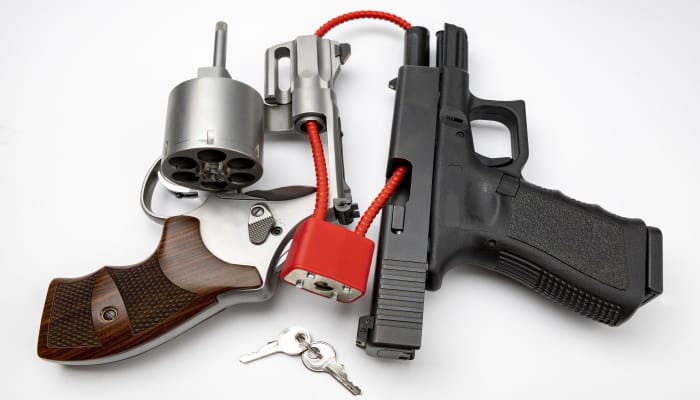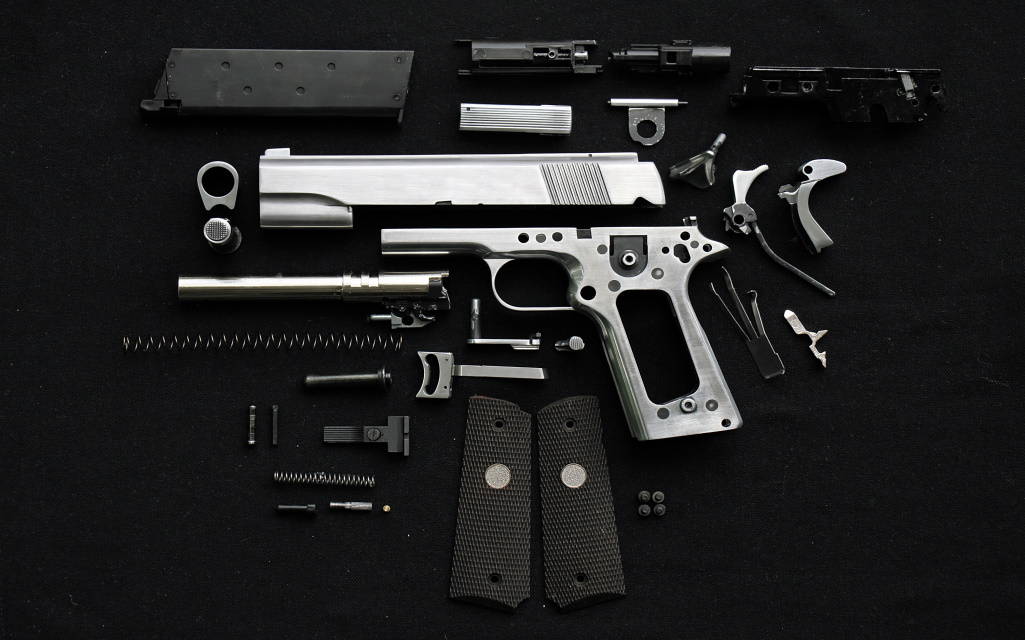While there’s a negative connotation surrounding guns and gun ownership, one can’t deny the advantages a gun can provide. For one, it can protect you in times of emergencies such as theft, burglary, and robbery. Moreover, if you’re the adventurous type, you can make use of your self-made gun for recreational activities like shooting sports, competitions, and hunting.
But as you may already know, the legalities pertaining to gun control and ownership are a bit foggy. For that reason, you might be at a loss on how you can start building a gun.
This guide will discuss five of your available options if you want to legally build your own gun.
Gun Construction 101
A firearm primarily consists of two parts—the upper receiver and the lower receiver. If you want to build a gun, you need to combine these two components. Fortunately, it’s completely legal to buy and own an upper receiver as it has nothing to do with the firing mechanism. It only carries the bolt and barrel. But that’s not the case with the lower receiver.
The lower receiver consists of parts that provide you the ability to fire a live round with the gun such as the bolt catch, trigger group parts, magazine release, and buffer tube.
For this reason, government agencies typically consider the lower receiver as a firearm. That’s why anyone who wants to build a gun legally must first get a license and deal with the paperwork before starting the construction. However, there are ways to bypass this regulation. For one, rather than buying a complete lower receiver, you can instead get 80% lowers.
Here’s how you can legally build your own gun:
1. Drill Holes In A 80% Lower And Machine The Missing Parts
Buying an 80% lower receiver, drilling holes into it, and machining the missing parts is perhaps the most convenient and easiest way to build a gun. To start with, an 80% lower is a form of a lower receiver with several missing parts and is only 80% complete. It’s up to the buyer to drill holes into the receiver blank and machine the remaining 20% of the construction.
Since it technically doesn’t have holes yet for the missing parts, government agencies don’t consider it as a firearm. 80% lowers generally consist of the following parts:
- Bolt catch
- Buffer detent hole
- Buffer tube housing and threads
- Magazine well and release
- Pistol grip hole
- Trigger guard
There are several advantages to this option. One, you don’t have to deal with the paperwork since it’s technically not a firearm. Two, you don’t need a license to buy an 80% lower. Three, you don’t have to register or serialize the firearm once you successfully build the gun. And lastly, you can easily buy an 80% lower on the internet since it’s the most common way of building a gun.
Of course, the remaining 20% of the firearm won’t assemble themselves, so you need to do it yourself. On that note, below are the four steps to building a gun with an 80% lower:
- Drill the trigger pinhole
- Drill the safety selector lever hole
- Drill the hammer pin hole
- Machine the missing parts accordingly
While 80% lowers are legal for the most part, certain states have a bit of a confusing regulation surrounding them. These include the following states:
- California
- Connecticut
- New Jersey
- New York
- Washington
- Rhode Island
- Hawaii
If you already have a license to own and build a gun, you may want to use stripped lower receivers instead as it allows you to save a lot of time by skipping several steps in the process.
2. Add The Missing Parts To A Stripped Lower Receiver
Stripped lower receivers are essentially the same as 80% lower, except it already has holes built-in for you to install the missing parts. However, since that’s the case, government agencies such as the Bureau of Alcohol, Tobacco, Firearms, and Explosives consider them as a firearm, meaning you need a license before using them for construction. Afterward, you have to serialize the finished item. Hence, it’s only advisable if you already have the necessary license.
3. Combine A Complete Lower Receiver With A Complete Upper

A complete lower receiver is essentially a stripped lower receiver but with all the missing parts already installed. You no longer have to do anything except to combine it with a complete upper.
The main advantage of this option is you’ll save plenty of time. But of course, much like the previous method, you’ll need to register and serialize the finished firearm. Its main disadvantage is you won’t be able to customize the firearm, so the result may not be as desirable. Nevertheless, it’s the fastest way of building a gun if you already have the necessary license.
4. 3D Print And Assemble The Gun Parts
If you want to go completely DIY, you can 3D print the necessary parts and do the work by yourself. This is the most difficult option, but you have full control over the gun’s customization. Take note that while it’s legal to 3D print and assemble gun parts, it’s illegal to construct a firearm that a metal detector can’t detect. Since 3D printers often make use of plastic, you may have to install a metal plate somewhere in the final product.
5. Buy Gun Kits And Start From There
A gun kit is any kit that contains all the necessary parts of a specific firearm. It’s fairly similar with 80% lowers in the way that you need to drill holes and assemble the parts yourself.
However, with a gun kit, you aren’t given a receiver that’s close to being complete. Instead, you start from 0% and make your way up to 100%. Since the parts come with the kit, customization isn’t necessarily the best. Moreover, since you start from scratch, it’ll take a bit of time to finish the construction. Hence, not many people choose this option when building a firearm.
Wrapping Up
Building a gun isn’t an easy task. Not only would you have to deal with the legalities surrounding gun control, but you must also look for the necessary parts to finish the construction. Fortunately, there are several ways to build a gun; and with this guide, that should no longer be an issue.



